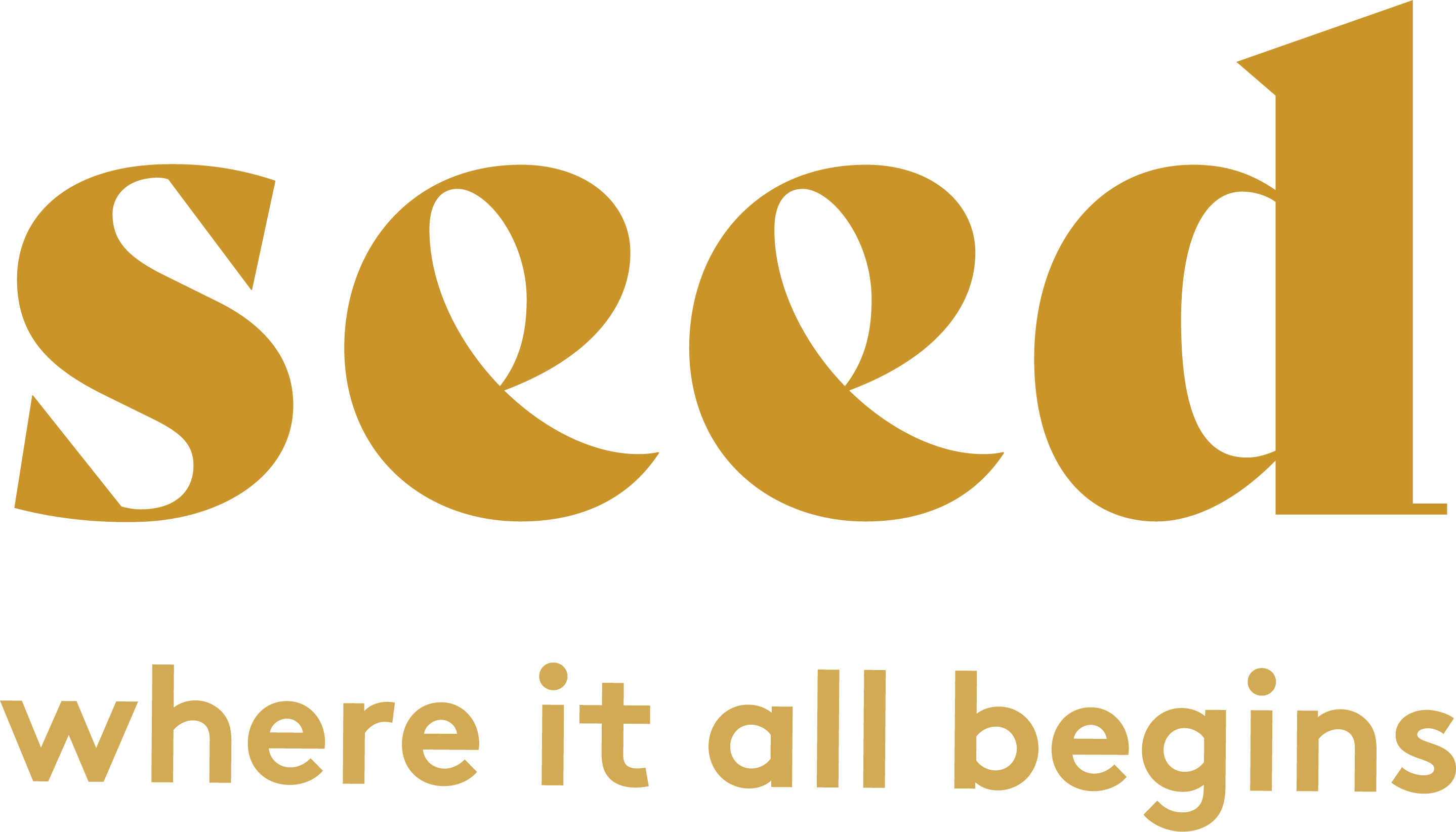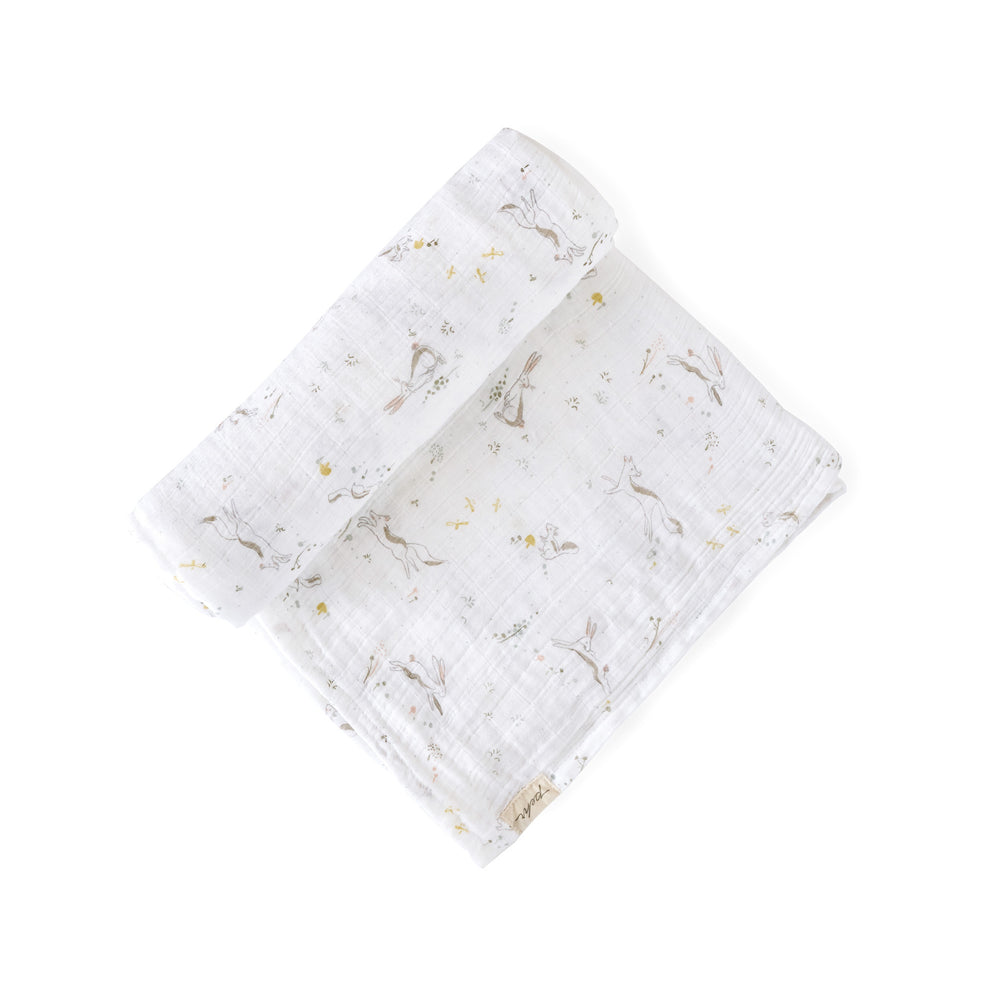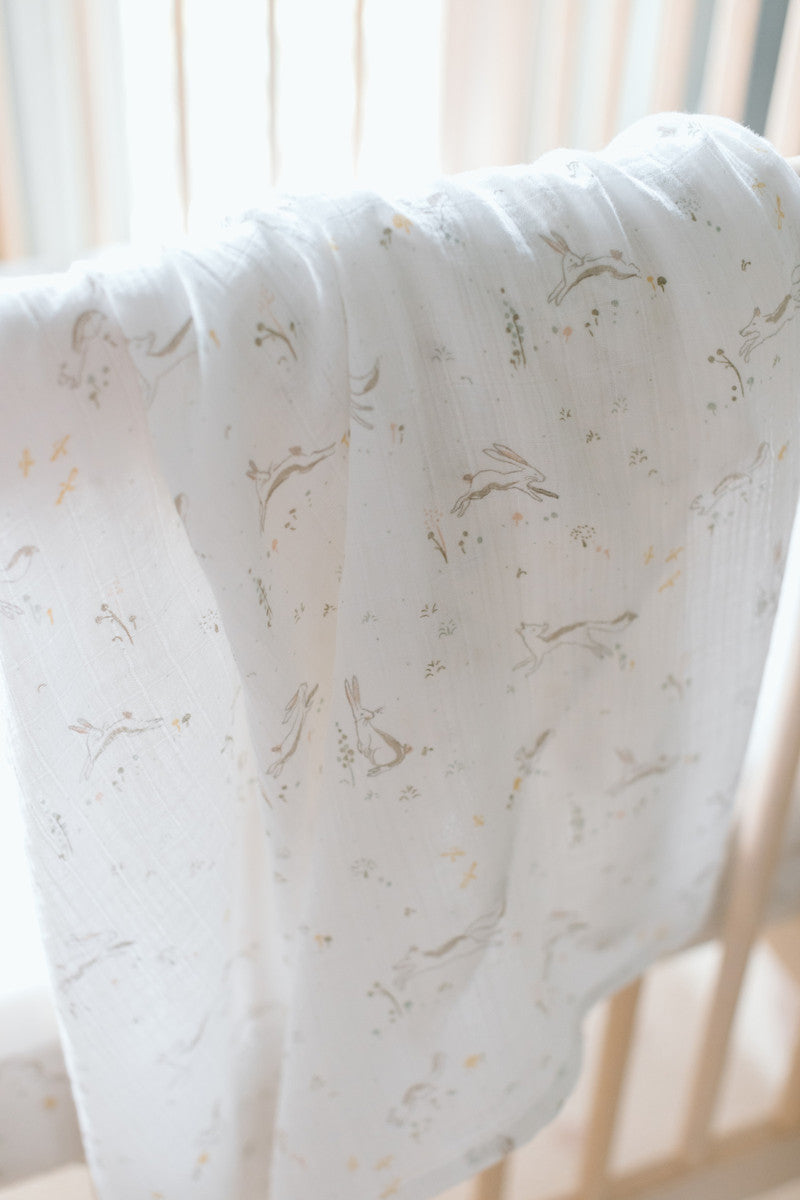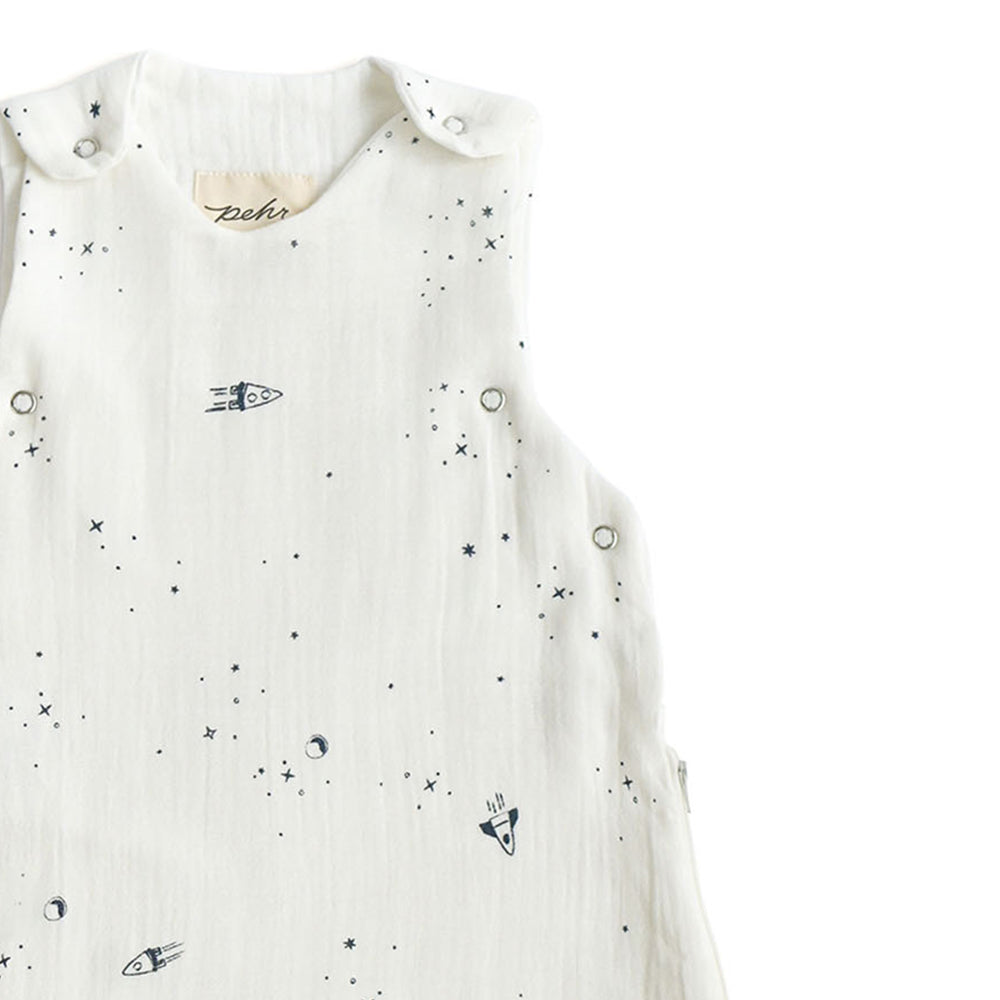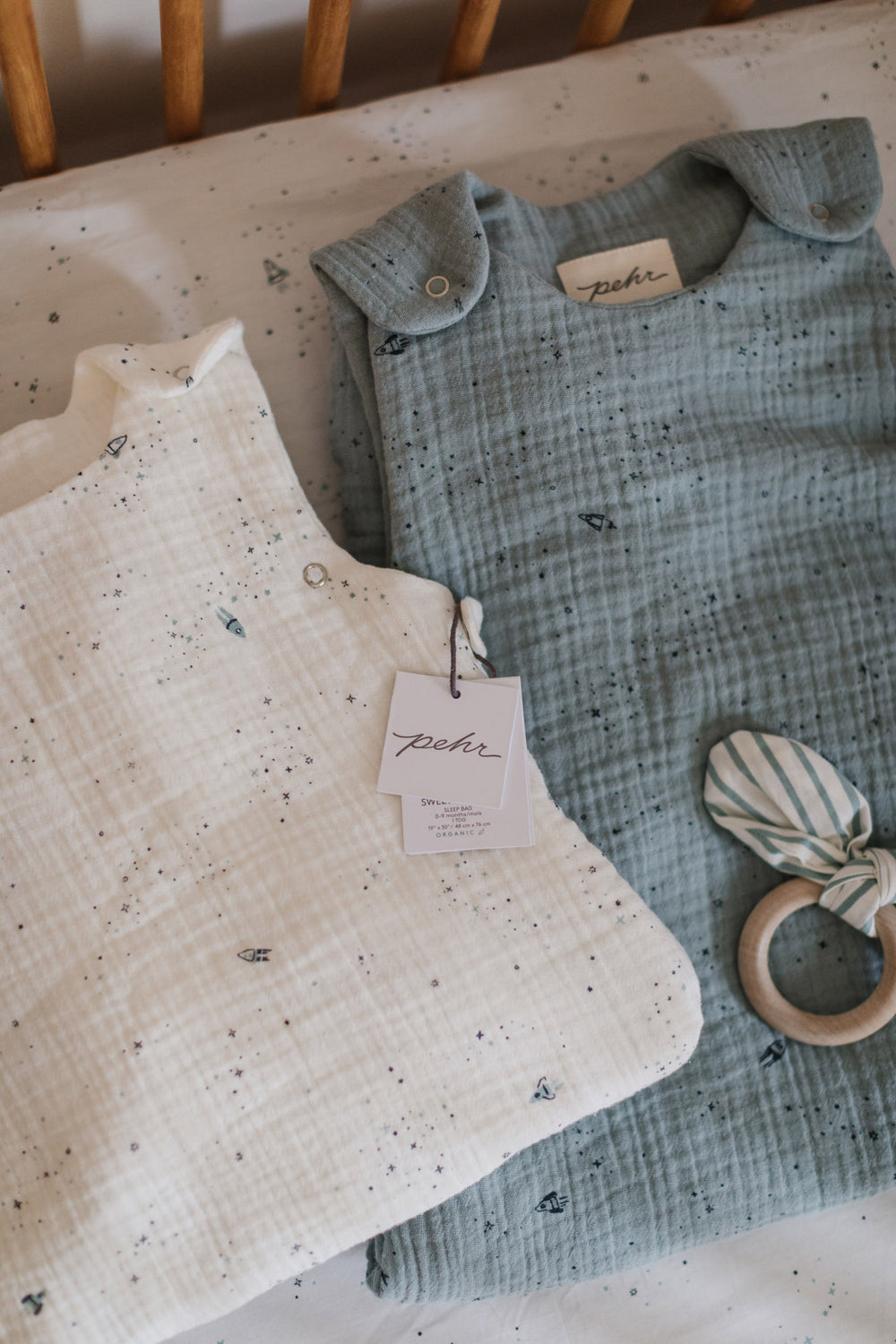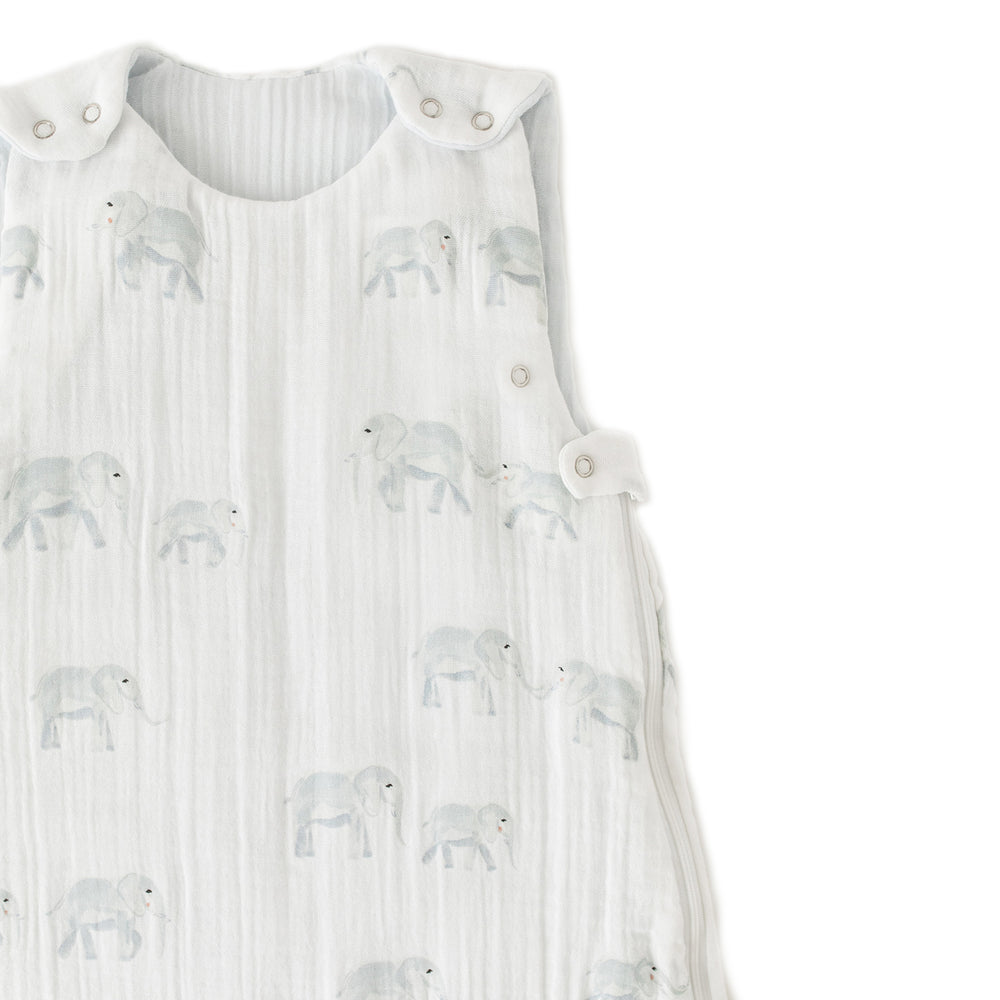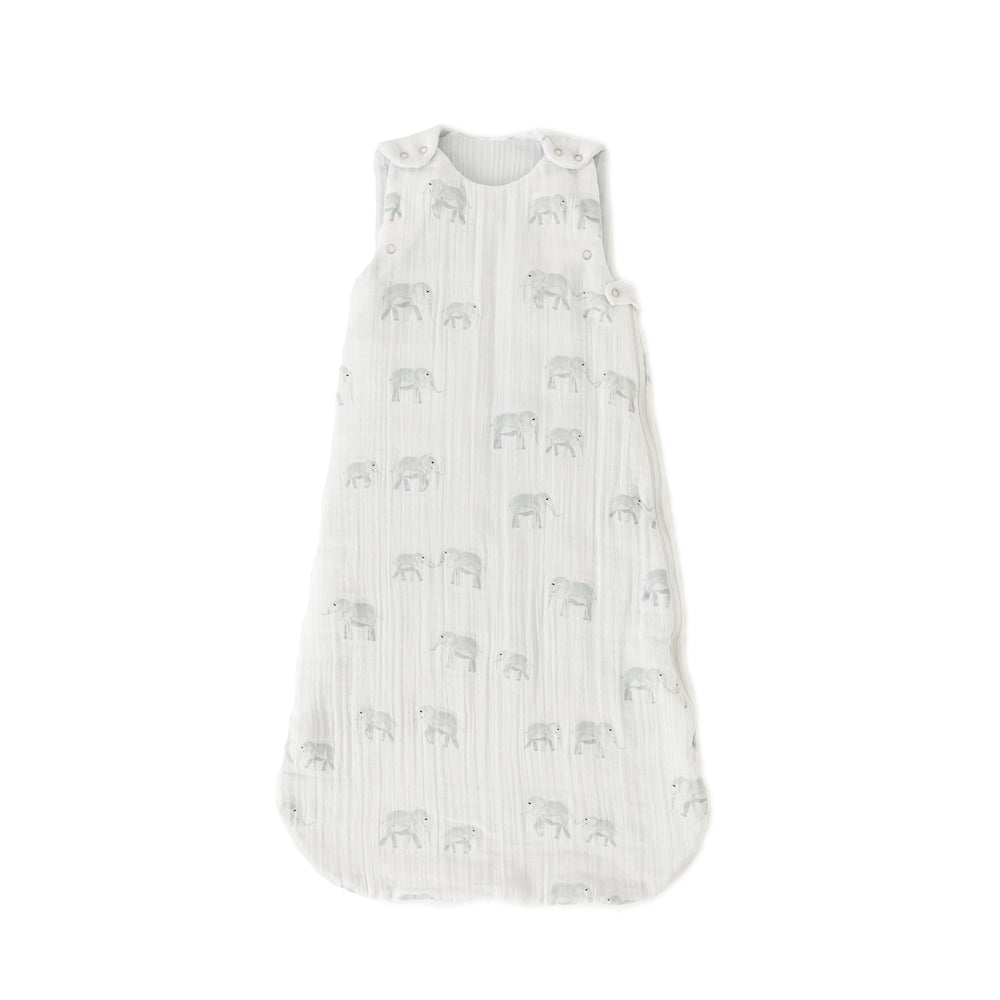When to Stop Swaddling Your Baby: Signs To Look For
The journey of any new parent is full of so many monumental transitions in such a short period of time it can really leave your head spinning. We know, from first-hand experience, that it can all quickly become overwhelming. If you’re feeling like all the change is getting the best of you, you are certainly not alone. One of the hardest transitions new parents face is the end of the swaddling phase. It’s not just hard because your baby probably looks adorable wrapped up but it’s also challenging because swaddling is such a great way to soothe your newborn. Without this technique at your disposal, your little one might become more fussy, sleep less, and, let’s be honest, test your patience. So, we thought that we would share everything we know about when to stop swaddling your baby and how to make that transition as smooth as possible for both you and your newborn. With a little knowledge, a proper transition plan, and some composure, we know you can successfully tackle this adjustment period.
Table of Contents
When To Stop Swaddling
Swaddling is a great tool for new parents especially if your newborn is fussy or has trouble sleeping. Because it can be so effective it’s hard for parents to say farewell to this technique. Unfortunately, there are some serious safety concerns associated with swaddling your baby for too long. That’s why it’s crucial to start the transition out of the swaddle at the appropriate time no matter how much you rely on it. Here are a few signs that your baby has begun to outgrow their swaddle. Keep in mind that you may start to see these signs as early as two months after birth so keep an eye out beginning at around eight weeks of age.
Your baby is breaking their swaddle
If you are noticing that your baby is constantly breaking out of their swaddle it might be time to transition away from it. If this is happening very early on in your baby’s life, it might be a sign that you need to secure your swaddle more effectively, however, if it is happening after your baby has turned two months old, it’s probably a sign that they are ready to transition away from the swaddle. The reason for this is that when your baby breaks out of their swaddle, it leaves loose ends of the blanket in the crib and this can pose a suffocation hazard for your newborn.
Your baby’s startle reflex is gone
Babies are born with something called a Moro Reflex or, more commonly, a startle reflex. This reflex usually occurs when the baby hears a loud noise or sees a sudden movement. This reflex typically involves your baby throwing their head back and extending their arms and legs before drawing them back in towards the body. Infants will start to outgrow this reflex in the first few months of their life. Once you begin to notice this reflex disappearing in your child, it might be time to consider a swaddle transition.
Your baby is becoming more fussy
This isn’t the be all and end all sign that it is time to move your baby away from the swaddle, but, it might be a part of the puzzle. Of course, fussiness or an increase in the number of times your baby wakes up during the night can be caused by a number of different factors. One of those might be that your baby no longer wants to be swaddled. Once your newborn is a little older they may prefer to sleep more freely without being swaddled.
Your baby has started rolling over
While some of the previous signs we pointed out aren’t necessarily telltale signs but, rather, factors you may want to consider, when it comes to rolling over, there is less debate. Once your newborn has started to roll over onto their tummy on their own, it’s time to stop swaddling your baby. The reason for this is safety. If a baby rolls over onto their stomach in a swaddle and can’t return to their back, this means that your newborn is at risk of suffocation. So, if you’ve been wondering when to stop swaddling and you see your baby rollover. You have your answer! But, how do you make the transition as seamless as possible? Read on for our favorite tips and tricks!
How to Transition Your Baby From A Swaddle
Your baby has just transitioned from the womb to a much more expansive world. For many parents, the swaddle is a tool that likely helped ease that transition considerably. So, it comes as no surprise that transitioning away from the swaddle might be difficult for both you and your child. That’s why we recommend making the swaddle transition a gradual process. If you find you can go cold turkey, that’s wonderful. But, if you can’t, here is what we have found helpful!
The one-arm-out method
A great first step in this transitional period is the one-arm-out method. As you probably guessed, in this step you’ll swaddle your baby but keep one arm out. The second arm stays in the swaddle in case the Moro Reflex is still present. With one arm in the swaddle the baby is less likely to startle themselves out of sleep.
The two-arms-out method
After a few days, you can try transitioning to the two-arms-out method. You may notice that in these transitional steps your baby takes a little longer to fall asleep but, typically, once they become accustomed to their new sleep arrangements, they settle back in.
The Sleep Bag
Once your little one has adjusted to the two-arms-out swaddle, it’s time to try a sleep bag. These are the perfect bridge from the swaddle to a blanket. Our sleep sacks provide your baby with a safe sleep space. Plus, they are made of breathable, soft fabric with a side-to-bottom zipper allowing for easy diaper changes when your newborn wakes to feed in the middle of the night.
Frequently Asked Questions
Unfortunately, there is no definitive answer to this question. When it comes to sleep habits, every baby is different. Some babies can transition to sleeping without a swaddle in no time. For others, it requires a step-by-step plan and a whole lot of patience. The good news is there are lots of great options for transitional wrapping techniques and other sleep accessories, like sleep bags, that can help your baby through this period of adjustment. We recommend taking things step by step and always keeping safety top of mind.
Yes, it is perfectly safe for your baby to sleep without a swaddle. If you find that your newborn sleeps well without a swaddle you don’t have to worry about it! Just be sure to always place your newborn on their back when you put them to sleep and make sure that their crib or bassinet is free from pillows, blankets, toys, and any other objects that may become a suffocation hazard.
Yes, you can stop swaddling at 2 months of age. In fact, it is not necessary to swaddle at all if you find that your baby sleeps well without it and doesn’t require it for its soothing or calming effects.
From sleep sacks to wearable blankets, there are many options for sleeping as you transition your baby away from the swaddle. So, how do you know what will work best for your baby. The short answer is, you don’t. As you transition your baby away from the swaddle, give each of your options a try and see how your baby responds. You’ll quickly figure out what works best for your newborn.
If you didn’t begin swaddling your baby right away, that doesn’t mean that it’s too late to start. However, it is critical that you ensure your baby is not too old to be swaddled safely. There are lots of cues and signs that you can look for to tell you if your baby is too old to be swaddled. For example, if your baby is rolling over onto their stomach already, it is too late to start swaddling. Additionally, if they are strong enough to break their swaddle, leaving loose blankets in their sleeping environment, it’s not safe to continue to swaddle or to start swaddling for the first time.
